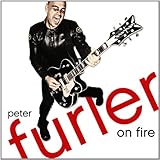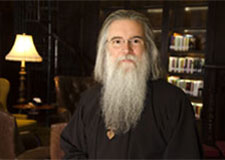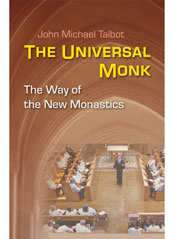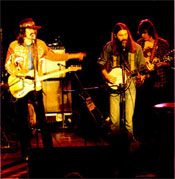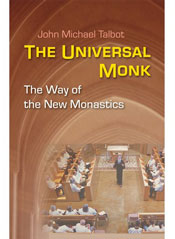Style: Contemporary worship/folk hymns; compare to Keith & Kristyn Getty, Sandra McCracken
The Journey
June 21, 2011
Top Tracks: “Vagabonds,” “Simple Living” (w/Ruth Notman), “Christ Be In My Waking”
Townend revisits his approach to songwriting, presenting a community-focused collection of hymns especially accessible to congregations dissatisfied with current worship trends. A few of his conventional piano-driven ballads appear, but the majority of The Journey consists of homegrown folk tunes that employ strings, woodwinds, banjo, and the lovely vocal accompaniment of folk artist Ruth Notman. Rooted in Scripture as always, Townend’s poetry articulates ancient wisdom; no note or lyric is flippantly placed as he constructs themes of sinners welcomed, eternal grace, and Christ’s warm, deep love.
Copyright © 2011 Christianity Today. Click for reprint information.


